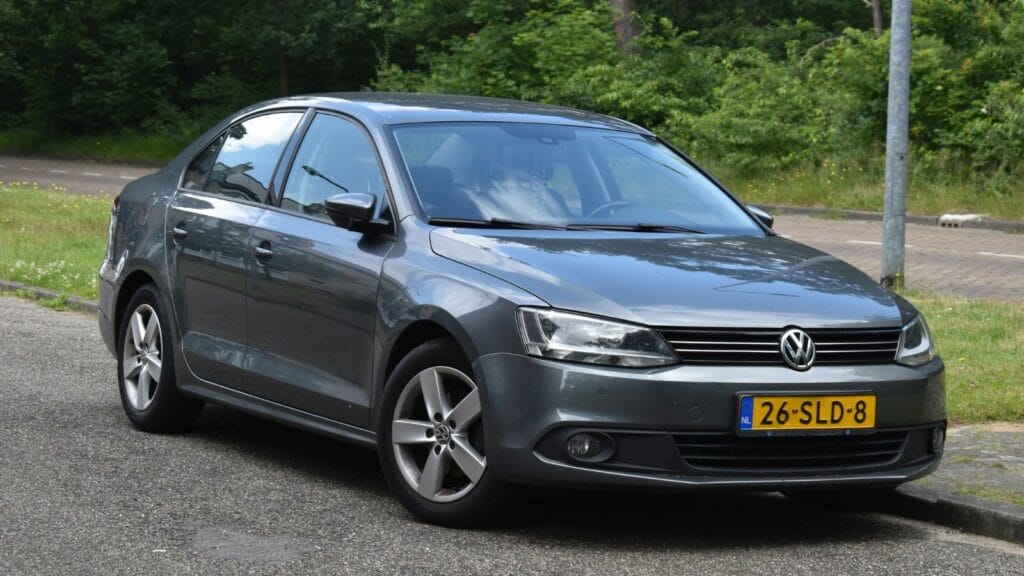A budget car promises affordability, simple upkeep, and good fuel economy. But not all budget-friendly vehicles deliver on those expectations. Some end up draining your wallet with repeated repairs, unreliable parts, and frustrating mechanical issues. Here are 24 budget cars that seemed like great deals but ultimately proved to be maintenance nightmares.
Dodge Caliber
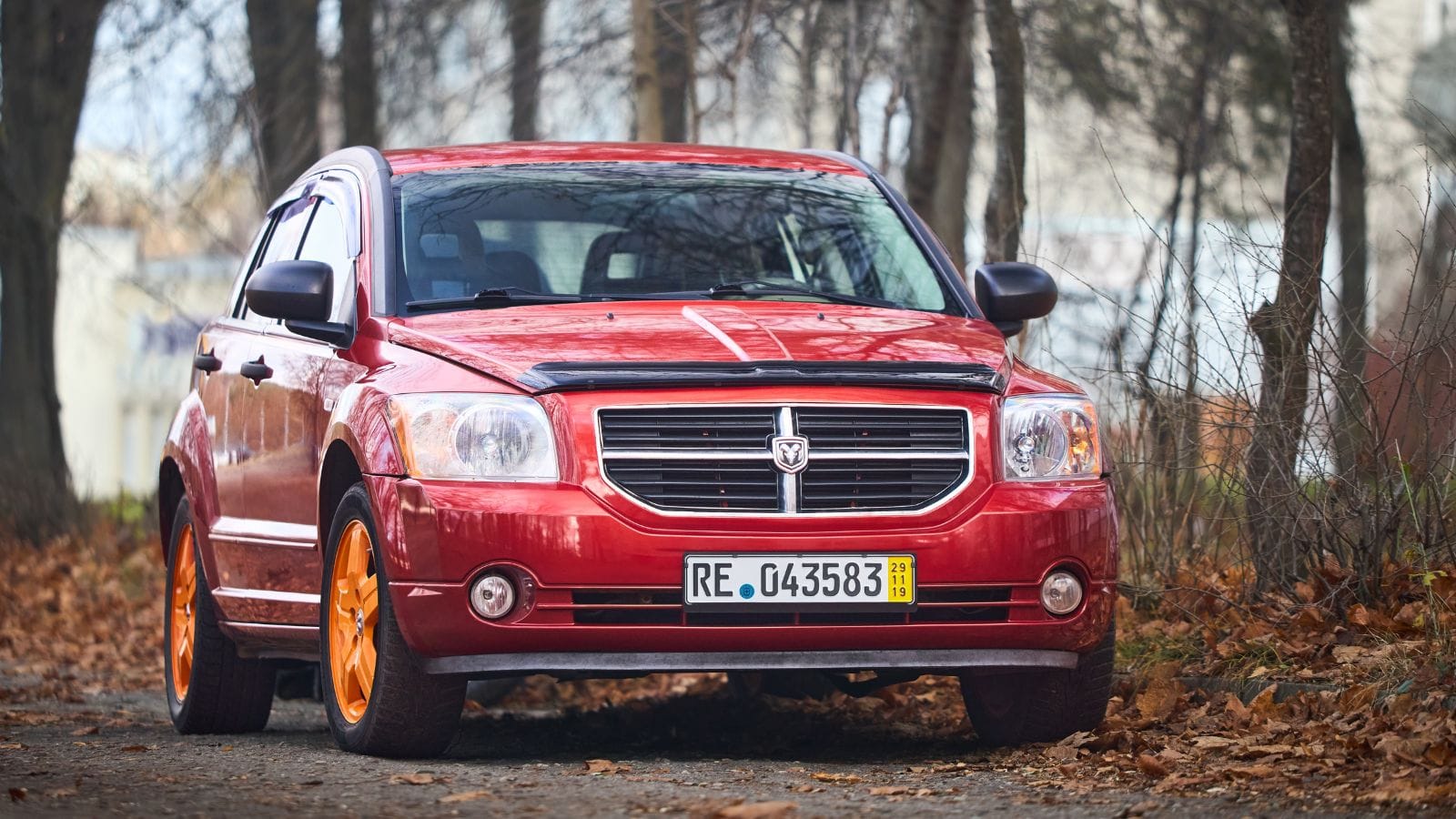
The Dodge Caliber was marketed as a versatile, budget-friendly hatchback, but many owners found themselves spending more on repairs than expected. Common complaints include poor interior build quality, unreliable CVT transmission, and frequent suspension issues. Drivers often reported electrical problems and premature wear on engine components. While the car offered a unique design and spacious cargo area, it failed to deliver long-term reliability. As a result, the Dodge Caliber has earned a reputation as a maintenance nightmare.
Chevrolet Aveo
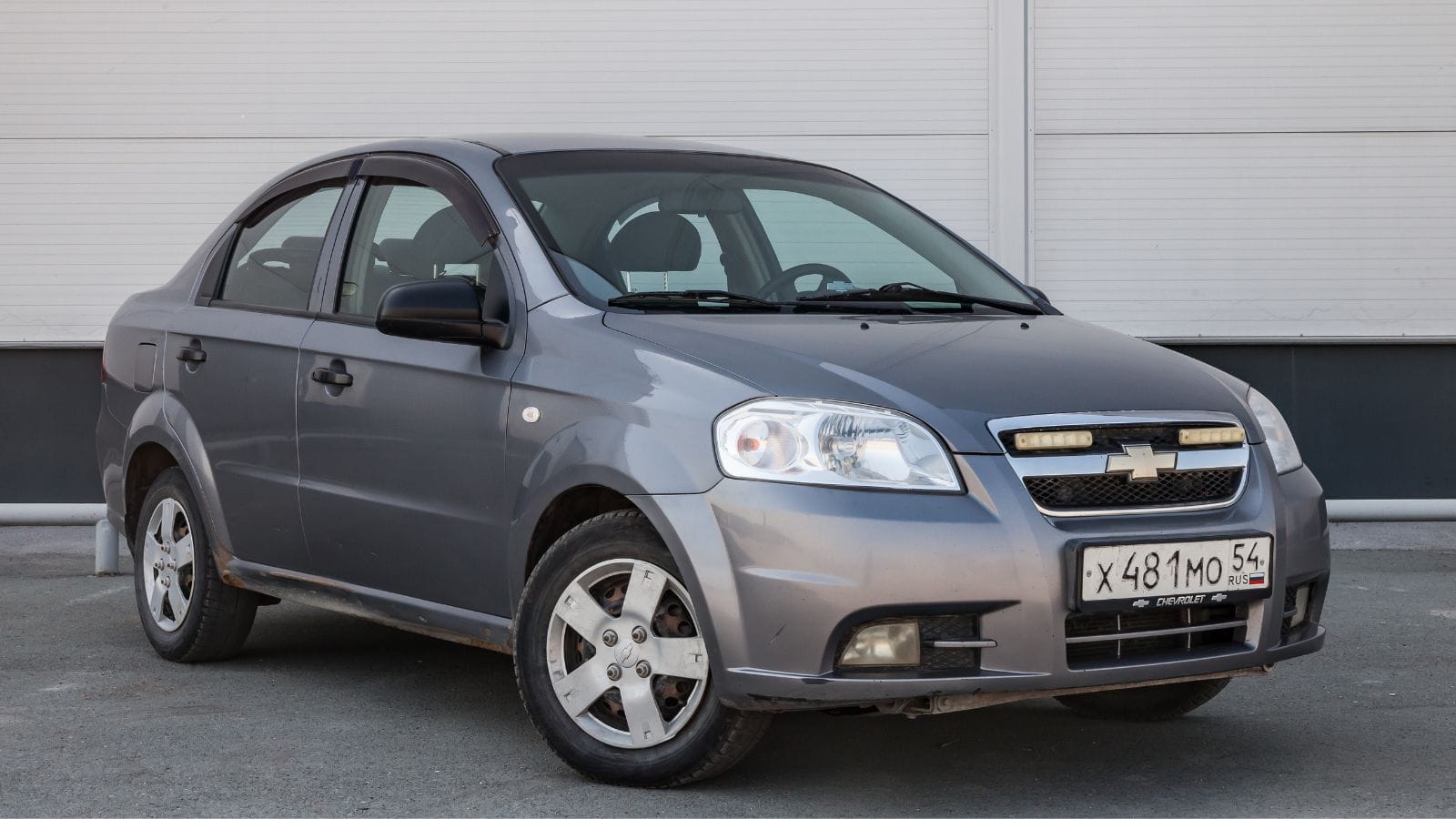
The Chevrolet Aveo was introduced as an affordable small car, but it quickly developed a reputation for being unreliable. Owners frequently reported issues with the timing belt, suspension, and electrical system. The interior materials were also subpar, leading to excessive wear and tear over time. Poor crash test ratings and weak engine performance further added to its list of drawbacks. Although it was attractively priced for budget-conscious buyers, the long-term maintenance costs made the Aveo a regretful choice for many.
Fiat 500
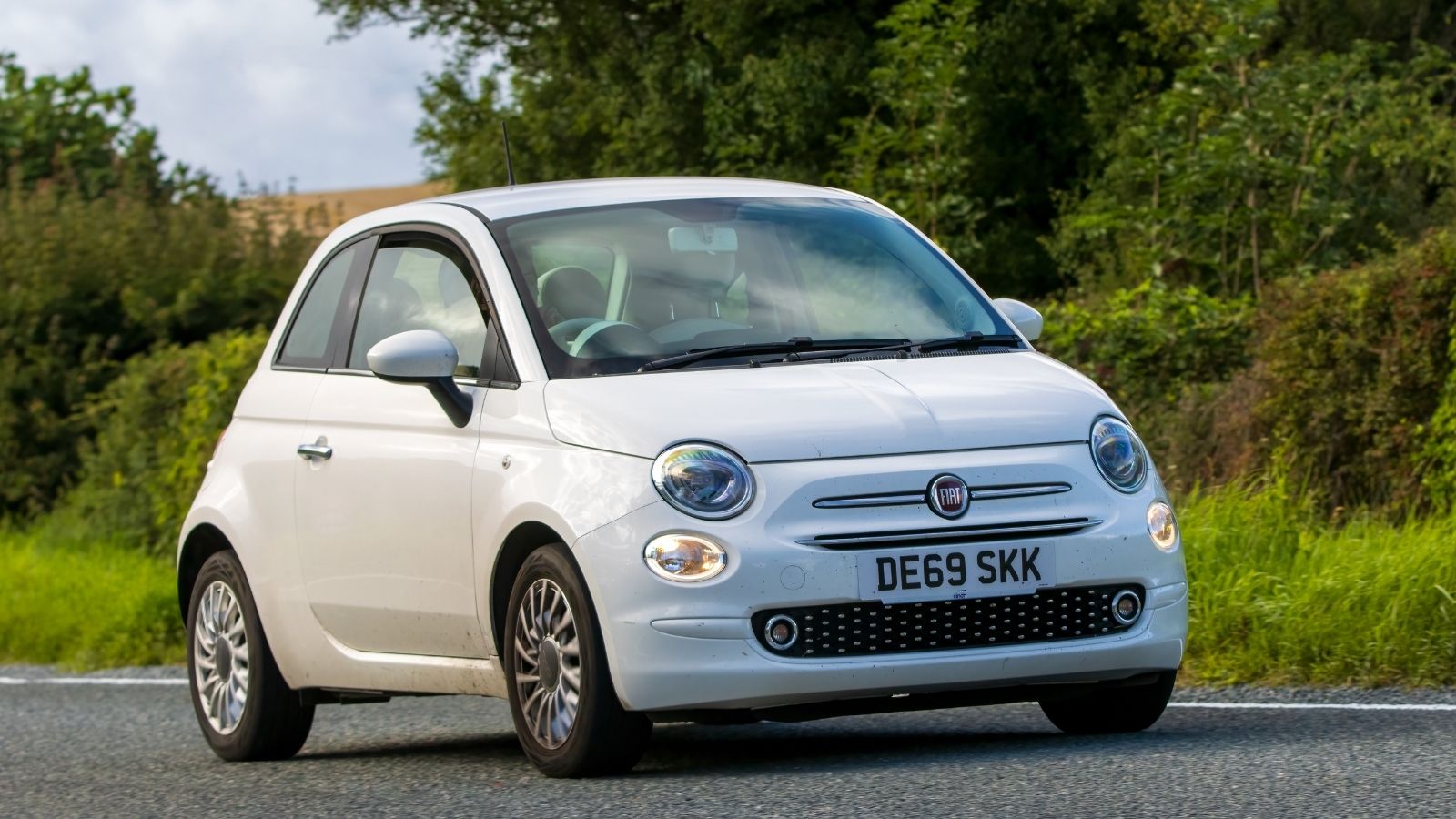
The Fiat 500 is known for its stylish design and city-friendly size, but it often fails in terms of reliability. Many owners report transmission failures, electrical malfunctions, and engine issues occurring within a few years of ownership. Parts and repair costs can be surprisingly high for such a small car, mainly due to limited availability in some markets. The compact cabin and rough ride quality add to the frustration. While the Fiat 500 may catch eyes with its retro charm, its frequent mechanical problems make it a poor choice for those seeking a low-maintenance ride.
Chrysler PT Cruiser
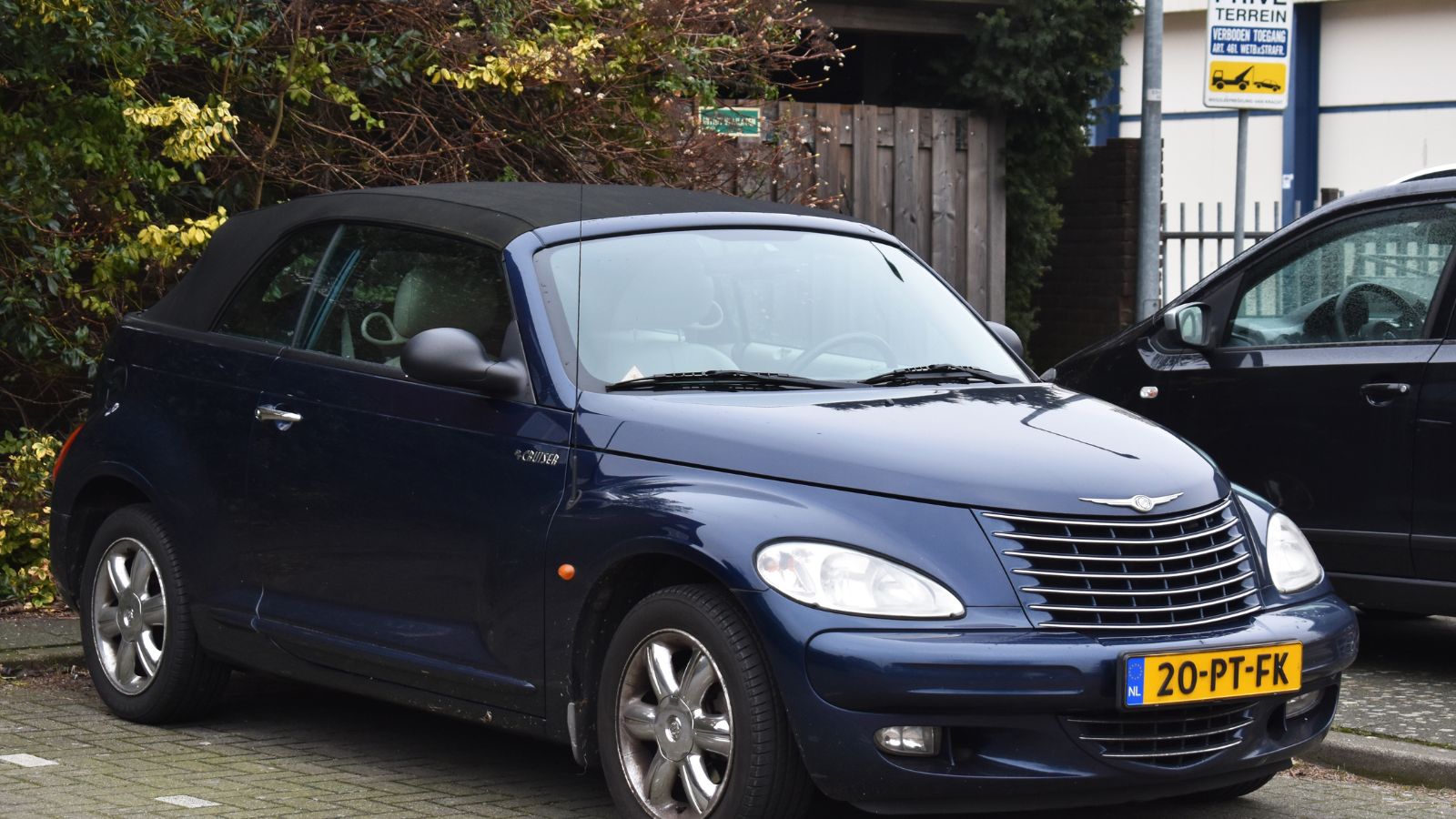
The Chrysler PT Cruiser stood out with its retro design, but that charm wore off quickly for many owners dealing with constant repairs. Common issues included engine overheating, faulty turbochargers, and unreliable automatic transmissions. Interior parts like door handles and dashboards also showed signs of early wear. The vehicle suffered from poor fuel efficiency and frequent electrical glitches, which made it expensive to maintain despite its low sticker price. While the styling may have drawn attention, the PT Cruiser’s long-term reliability left much to be desired.
Hyundai Accent (older models)
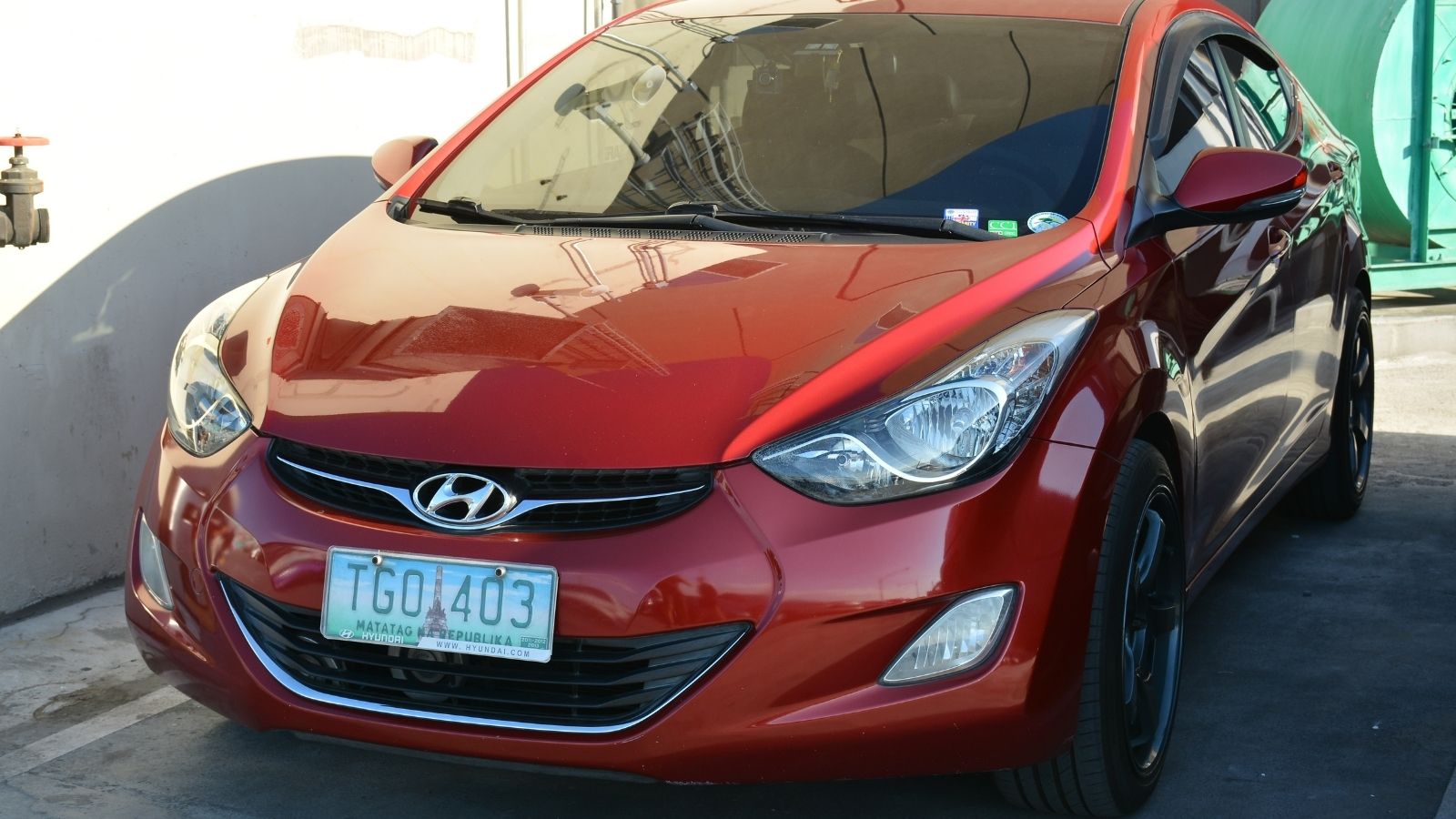
Earlier models of the Hyundai Accent were budget-friendly, but their build quality didn’t match that of competitors. Many drivers reported engine knocking, stalling, and frequent transmission troubles after a few years of use. The interior was basic and prone to wear, while the suspension system often gave out earlier than expected. These issues led to high repair costs, overshadowing the car’s initial affordability. Though newer Hyundai models have improved significantly, older Accents remain a cautionary tale for those seeking dependable transportation on a budget.
Ford Focus (2000–2011)
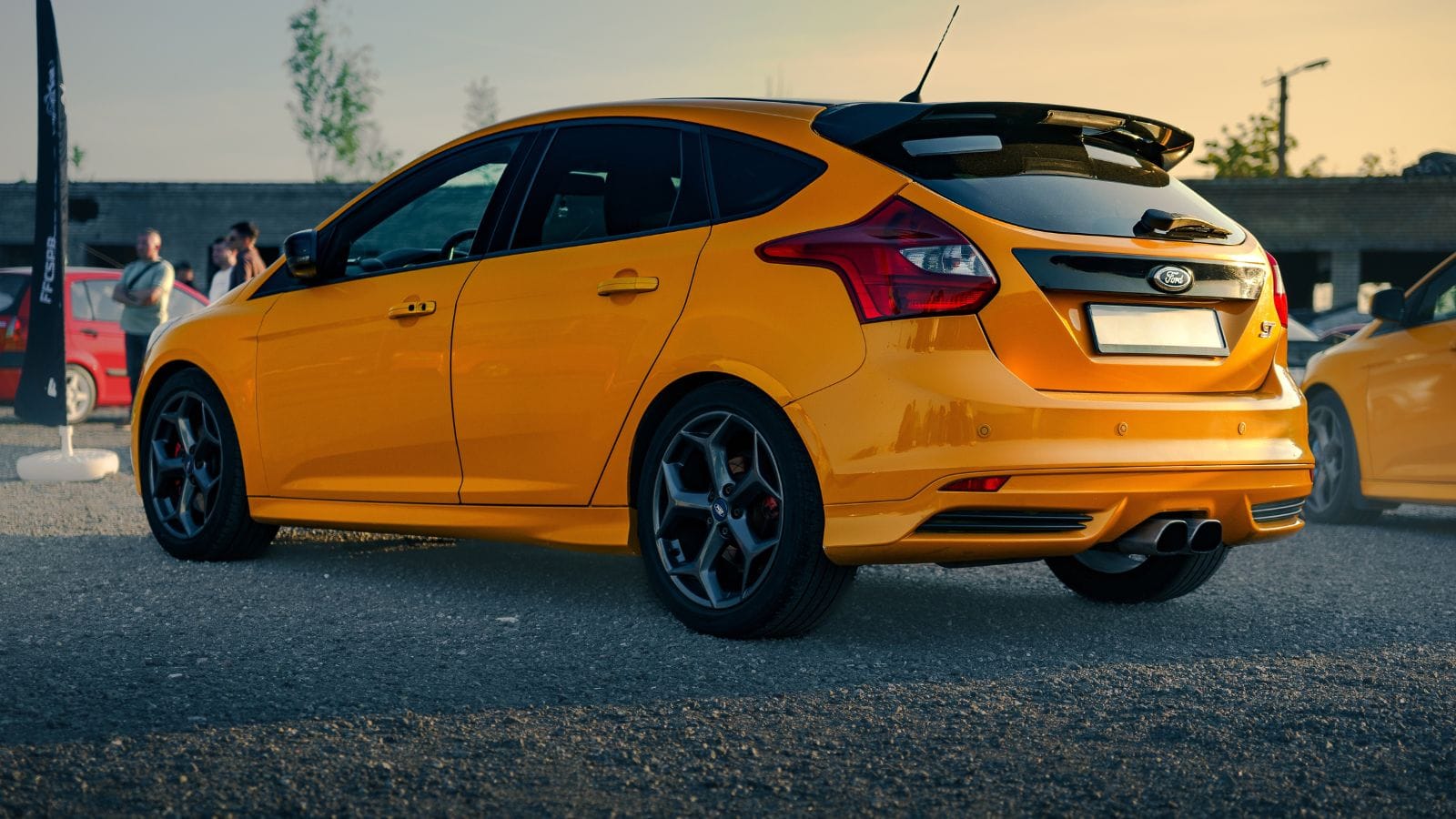
The Ford Focus between 2000 and 2011 offered practicality, but it came with a laundry list of mechanical problems. Owners commonly reported transmission failures, ignition issues, and power steering malfunctions. Interior components also wore out quickly, and electrical systems were prone to glitches. These recurring problems resulted in high maintenance costs and frustrated drivers. While the Focus was initially seen as a reliable economy car, these earlier models have earned a reputation for being more trouble than they’re worth over time.
Kia Rio (early generations)
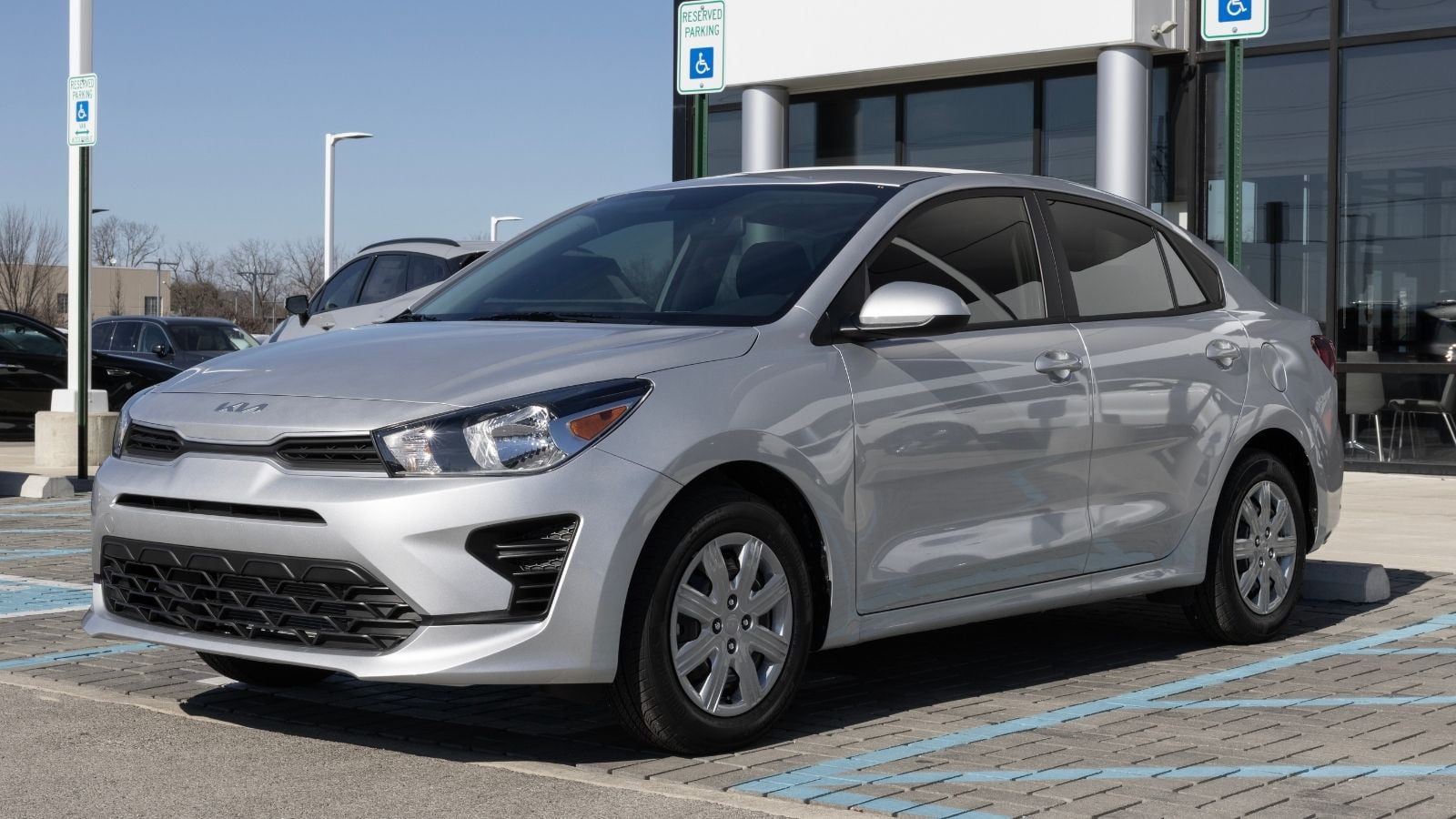
Early generations of the Kia Rio were designed to be affordable, but that came with serious trade-offs in reliability. Engine problems like misfiring, oil leaks, and overheating were frequently reported. Transmission issues and weak suspension components also contributed to its poor track record. Many drivers found themselves spending more on repairs than expected for a budget car. The cabin materials wore down quickly, and road noise was excessive. While Kia has made major strides in quality in recent years, the earlier Rio models remain known for being high-maintenance and unreliable over time.
Pontiac G6
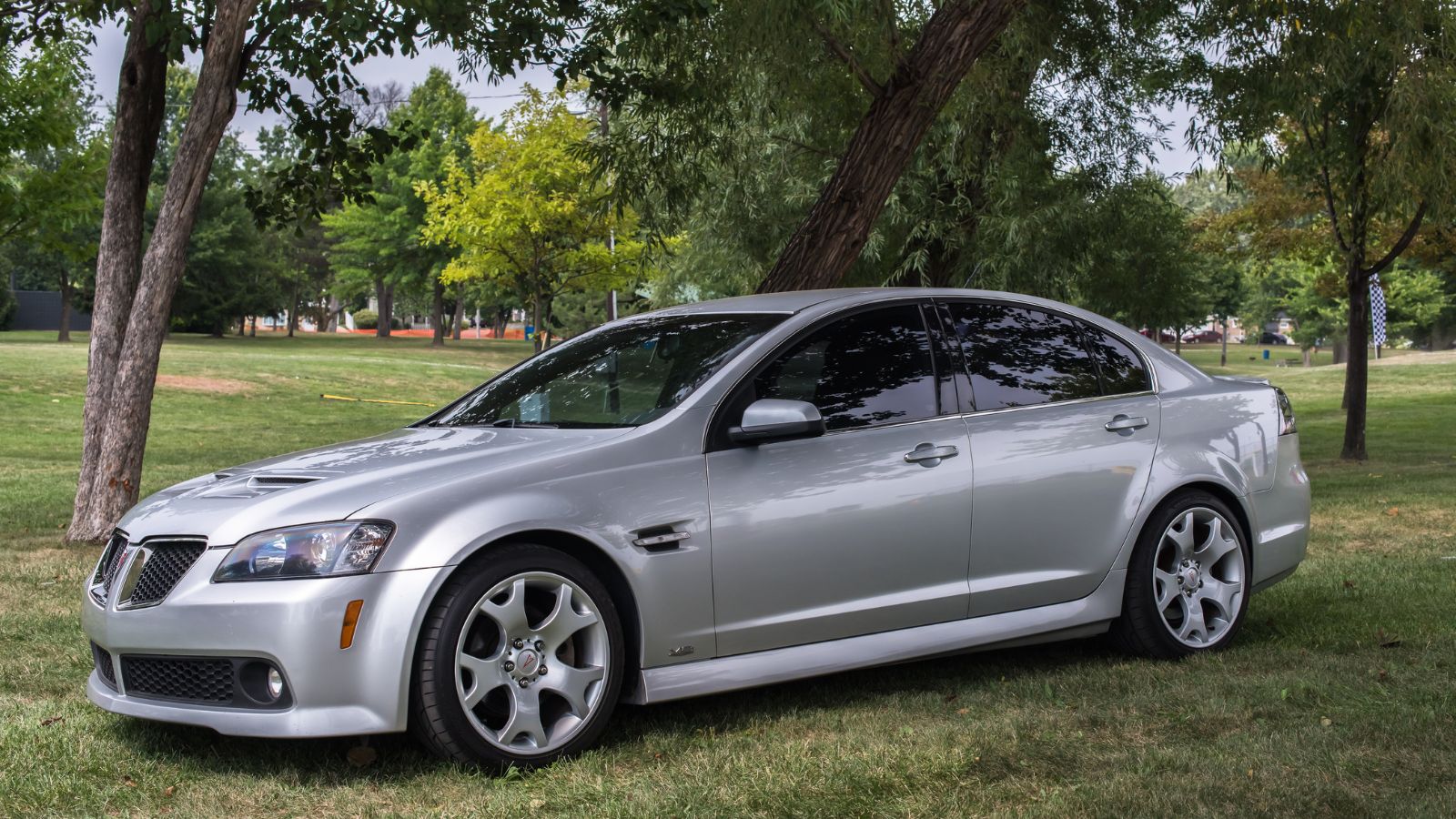
The Pontiac G6 promised sporty styling and a low price, but it fell short in long-term durability. Owners often experienced electrical system failures, malfunctioning power steering, and frequent transmission issues. Brake components wore out quickly, and water leaks into the cabin were common. Repairs tended to be expensive, especially since Pontiac is no longer in production, making parts harder to find. Despite its initial appeal, the G6 ended up being more of a headache than a bargain, turning into a maintenance nightmare for many buyers.
Nissan Versa (with CVT issues)
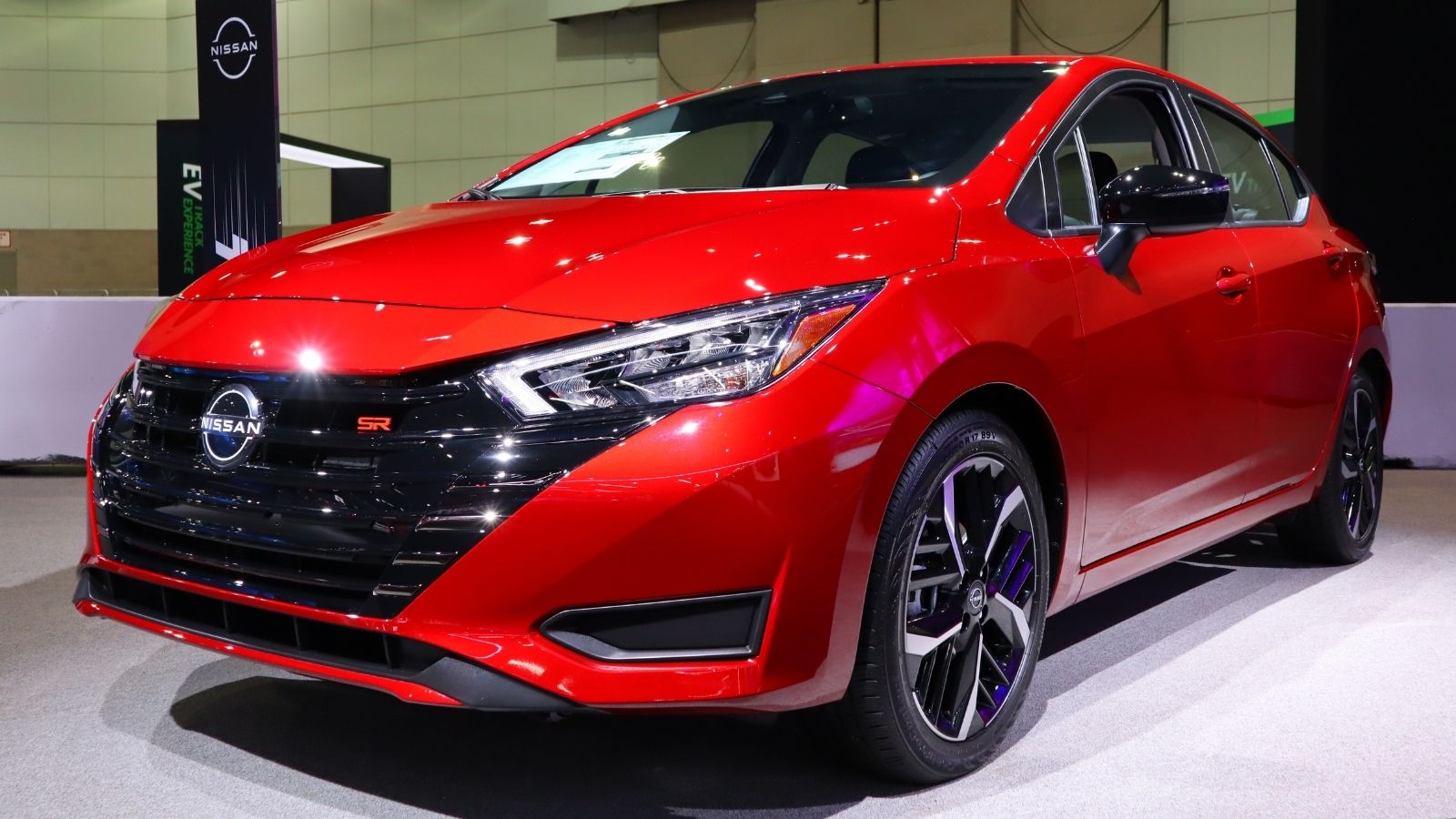
The Nissan Versa is known for fuel efficiency, but models equipped with continuously variable transmissions (CVTs) have caused frustration for many owners. The CVTs often fail prematurely, sometimes before hitting 100,000 kilometers. Replacing or repairing the transmission is costly and often not worth the investment in a budget car. Other complaints include a cheap-feeling interior, suspension wear, and noisy rides. While the Versa may seem like a good value upfront, its long-term reliability—especially with CVT-equipped models—can make it one of the more regrettable purchases in the budget car category.
Mitsubishi Mirage
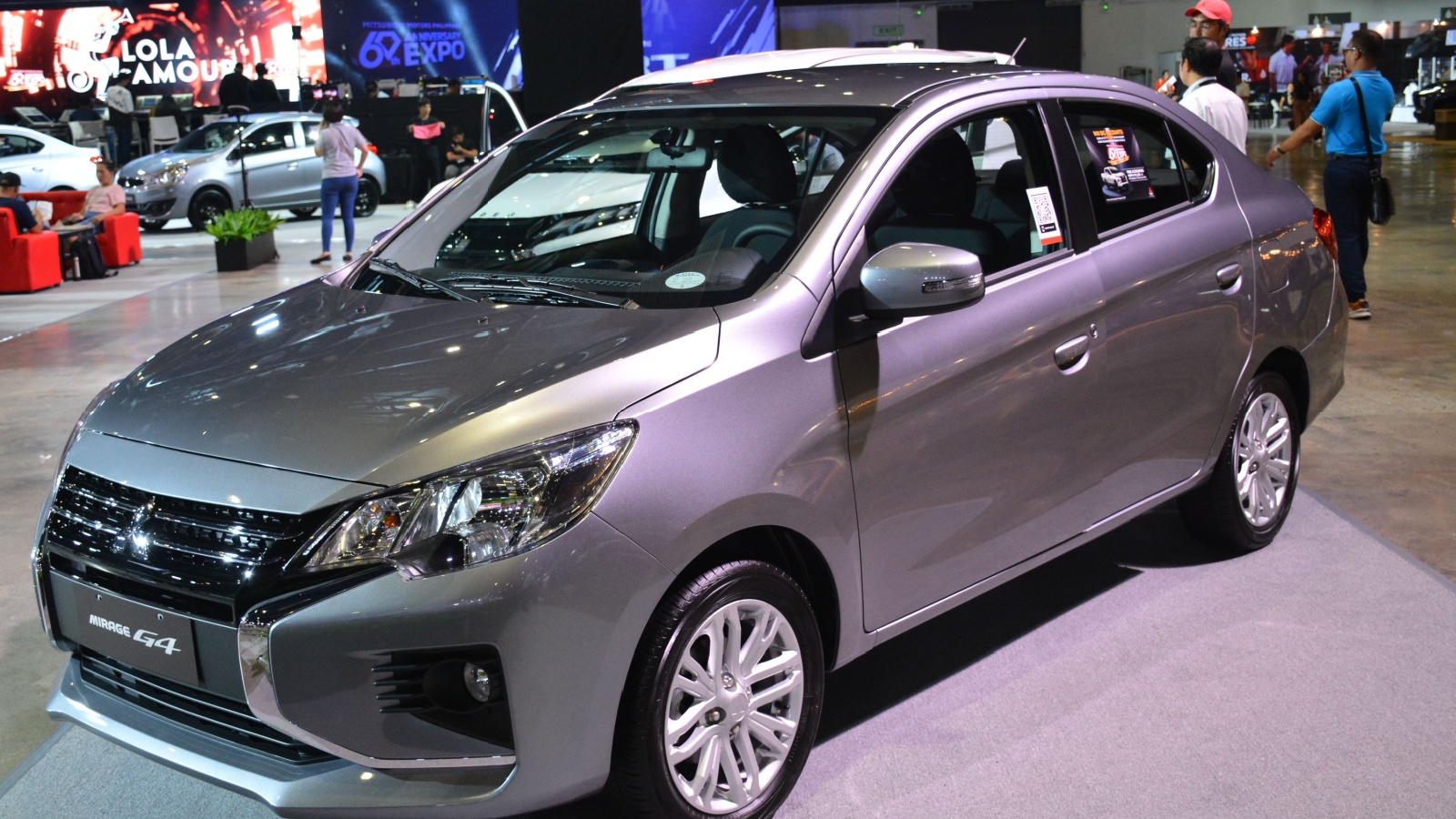
The Mitsubishi Mirage is often marketed as a low-cost, fuel-efficient option, but many owners find themselves regretting the purchase. The car suffers from poor build quality, a weak three-cylinder engine, and noisy cabin insulation. Common complaints include transmission jerks, early brake wear, and suspension issues. The Mirage also received low safety ratings, which adds to concerns. Despite its low sticker price, long-term maintenance and subpar driving experience often make it more of a burden than a bargain. For many, the savings at purchase don’t make up for the ongoing repair and comfort trade-offs.
Suzuki Forenza
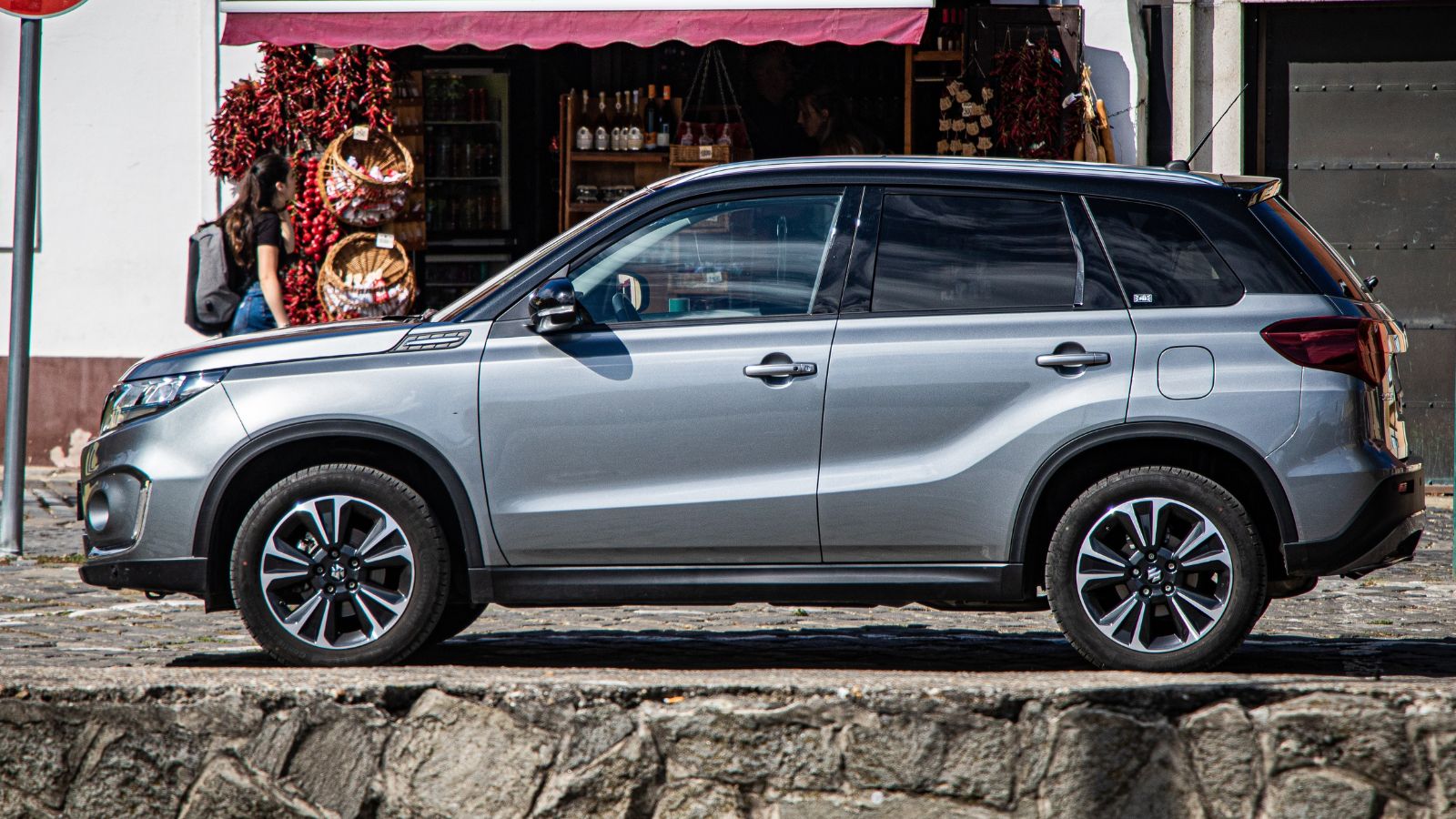
The Suzuki Forenza had an attractive price tag, but it quickly gained a reputation for being unreliable and expensive to maintain. Engine failures, erratic transmission behavior, and faulty electrical components are among the most common issues. Interior parts tend to fall apart quickly, and finding replacement components has become harder since Suzuki exited the North American car market. Many owners have reported poor fuel efficiency compared to similar compact cars. Overall, the Forenza is a cautionary tale about how buying a cheaper car upfront can lead to long-term headaches and mounting repair bills.
Jeep Compass (first generation)
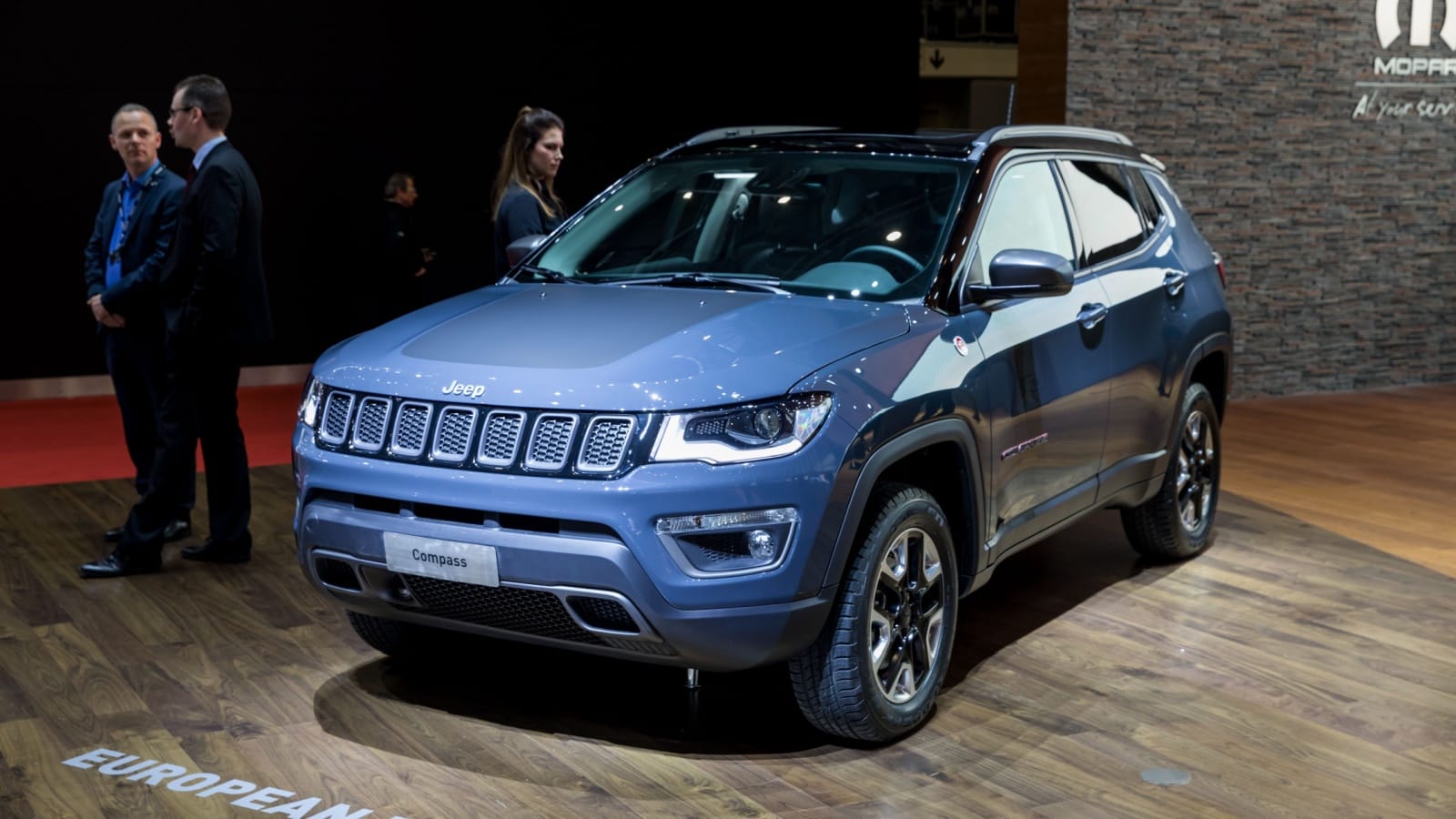
The first-generation Jeep Compass may have looked rugged, but it lacked the durability that the Jeep is known for. Engine problems, CVT transmission failures, and water leaks plagued early models. Many owners also reported rust forming far too soon and poor fit-and-finish inside the cabin. The Compass handled more like a car than an SUV, but without the comfort or reliability of either. Repairs often cost more than expected, especially for a vehicle in the budget category. Over time, the Compass proved to be more trouble than it was worth for many buyers.
Scion xB (2008–2015)
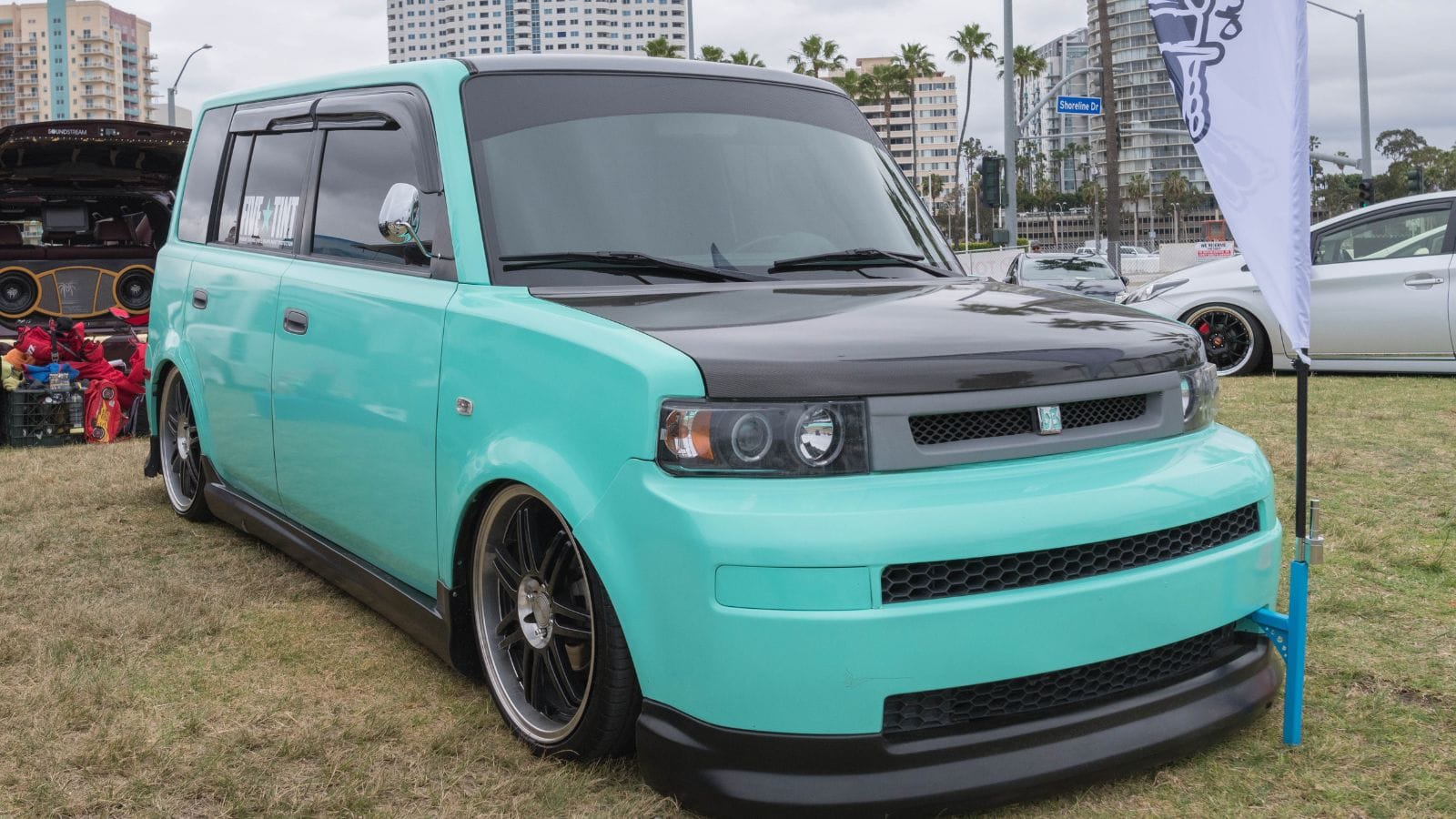
The Scion xB earned attention for its boxy style and affordability, but many owners discovered that maintenance costs piled up over time. Models from 2008–2015 faced issues with premature clutch failure, failing oxygen sensors, and excessive oil consumption. The ride quality was also rough, and the fuel efficiency underwhelmed for a compact car. While Toyota’s reputation helped it sell initially, the xB’s long-term reliability didn’t hold up to expectations. Owners often found that repair costs outpaced the vehicle’s resale value, making it a frustrating investment for those seeking a true low-maintenance option.
Chevrolet Cobalt
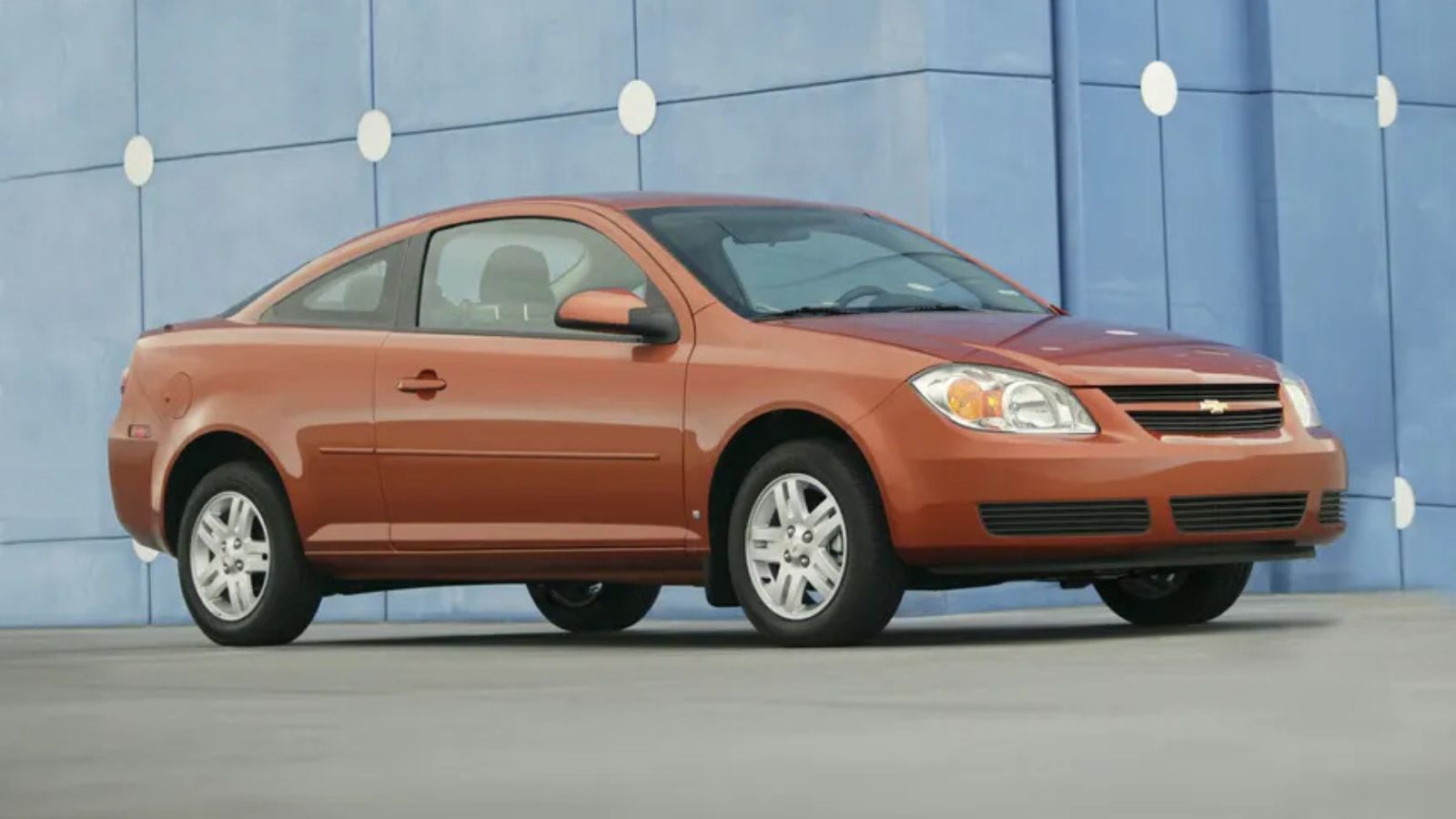
The Chevrolet Cobalt was meant to replace the aging Cavalier, but it brought its own set of reliability problems. Frequent electrical issues, power steering failures, and ignition switch defects made headlines and even led to massive recalls. The interior was often criticized for feeling cheap, and owners reported ongoing problems with suspension and brake components. These persistent issues not only led to high maintenance costs but also eroded driver confidence in the vehicle. Despite being a budget-friendly choice, the Cobalt’s upkeep and recall-related repairs turned out to be a long-term inconvenience.
Saturn Ion
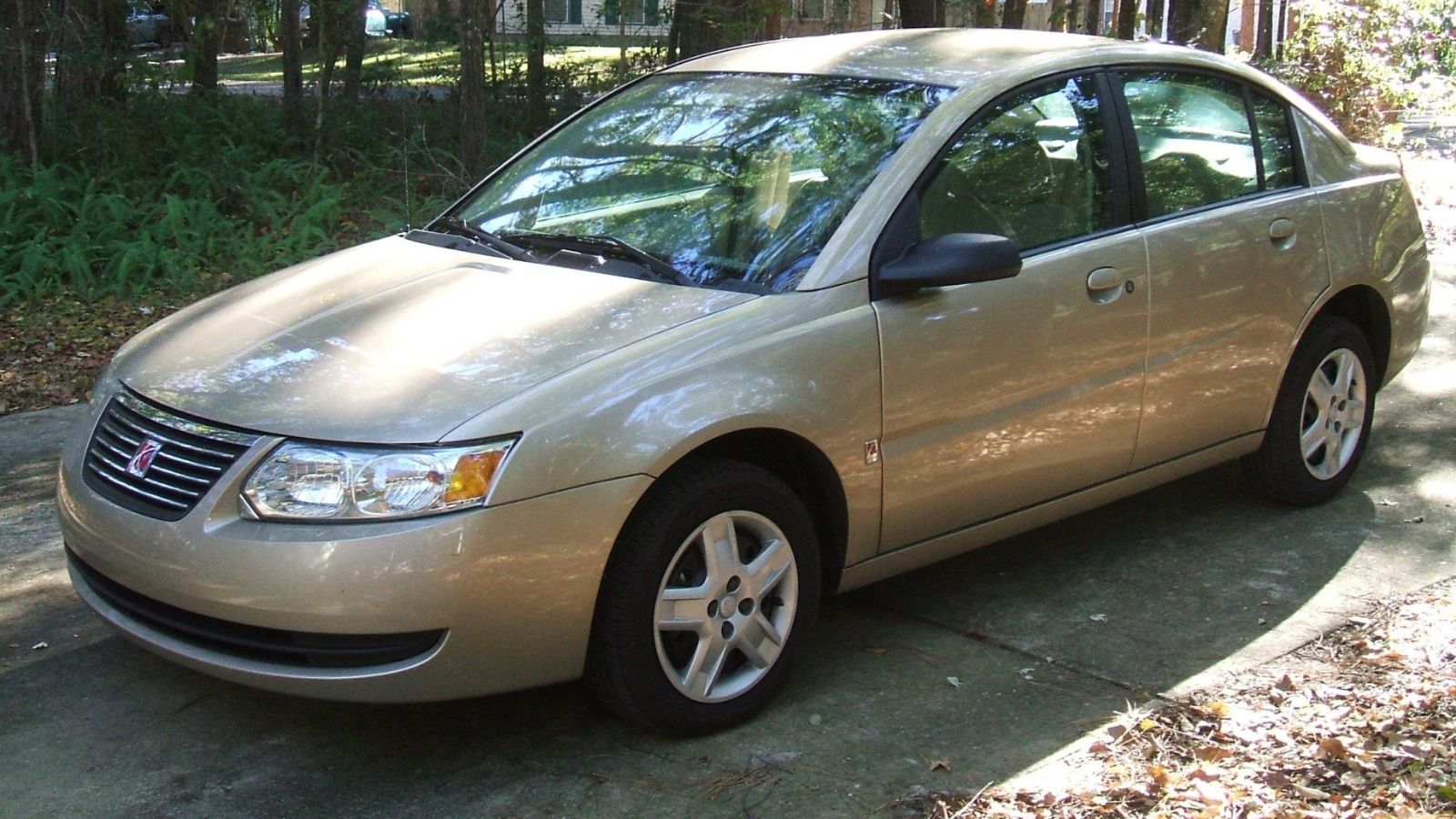
The Saturn Ion was introduced as a practical and affordable compact, but it failed to live up to expectations. The vehicle suffered from serious reliability problems, particularly with its ignition system—a flaw so widespread it contributed to GM’s major recall scandal. Owners also experienced issues with the transmission, fuel pump, and power steering. The Ion’s build quality felt substandard, and its resale value dropped quickly. Even though it was cheap to buy, frequent repairs and hard-to-find replacement parts (after Saturn’s shutdown) made it more of a liability than a budget win.
Volkswagen Jetta (2000s models)
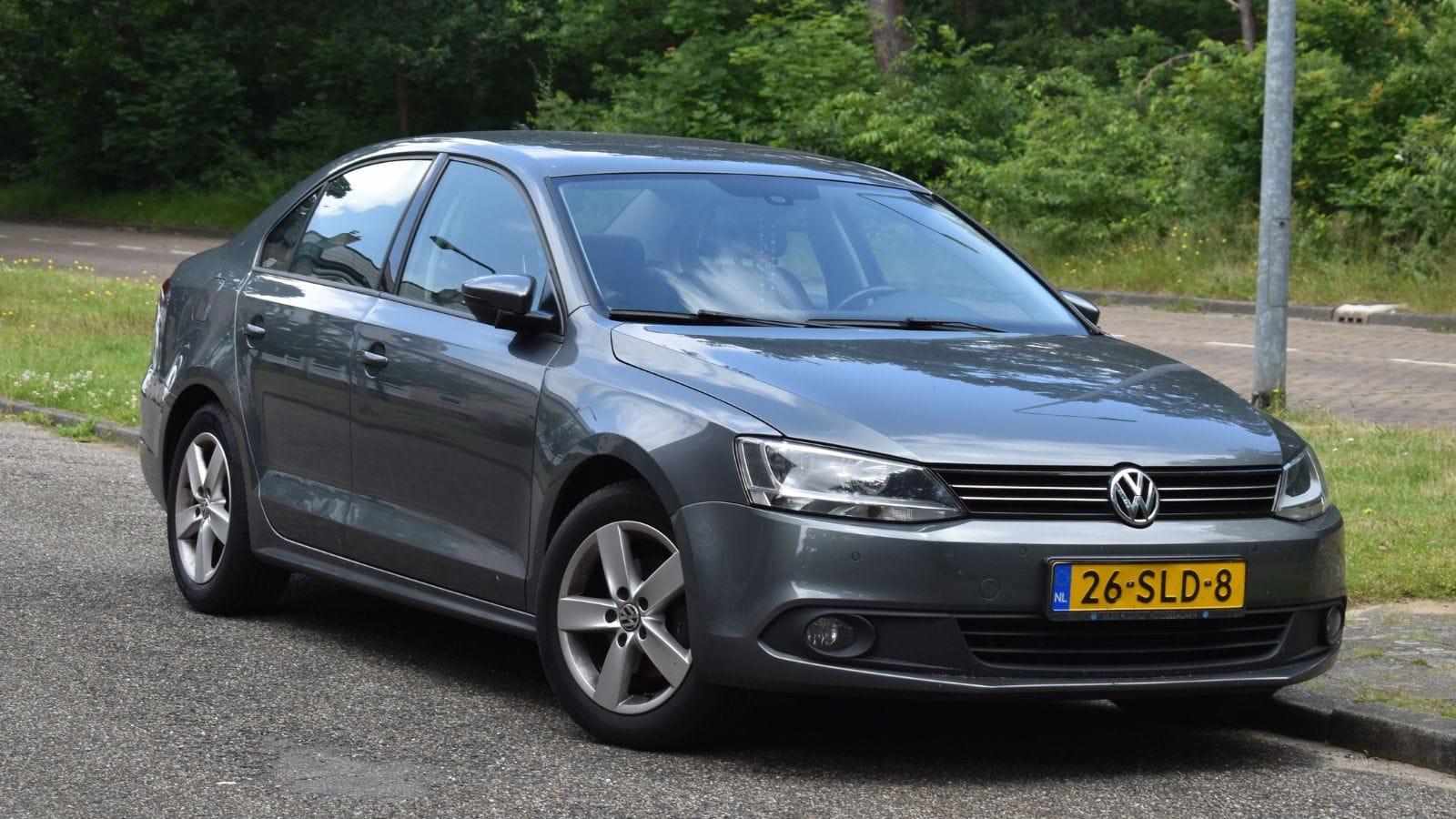
While the Volkswagen Jetta offers European styling and a comfortable drive, the 2000s models are often cited as high-maintenance nightmares. Common issues include faulty window regulators, coil pack failures, and persistent electrical gremlins. The automatic transmissions in some trims were especially unreliable, leading to costly repairs. Many owners also reported check engine lights turning on frequently due to sensor problems. Maintenance and part replacement costs for German engineering tend to be higher than average, making these models less appealing for budget-conscious drivers looking for long-term reliability.
Dodge Neon
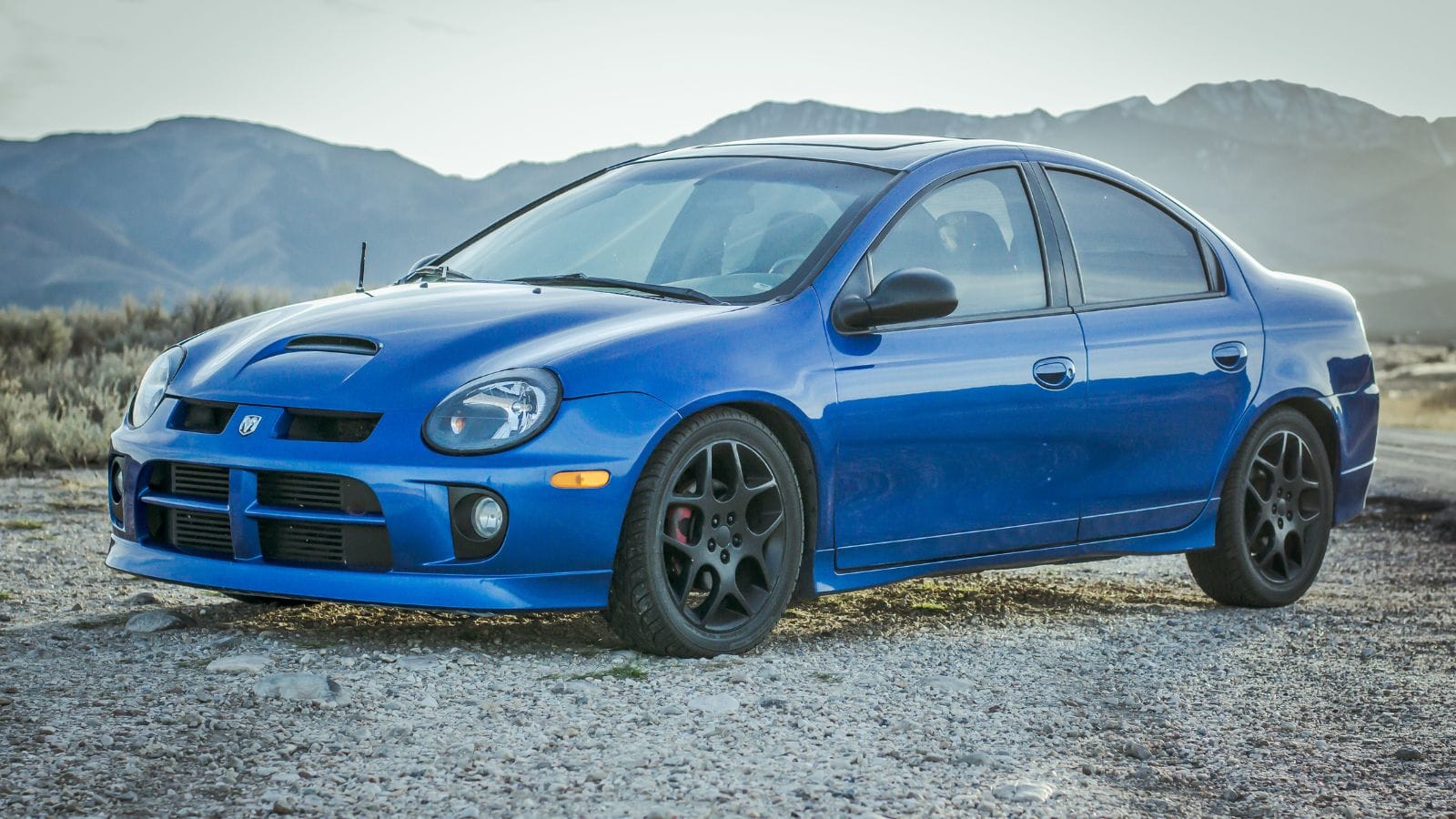
The Dodge Neon was once a popular choice for an affordable compact, but its low upfront cost came at the expense of durability. Engine head gasket failures were notoriously common, especially in earlier models. Transmission problems and poor suspension quality also plagued owners. Interior materials wore out quickly, and overall build quality didn’t inspire long-term confidence. While it might have appealed to first-time buyers or budget seekers, the Neon often demanded frequent trips to the mechanic, turning this “budget” car into a maintenance-heavy burden over time.
Mazda 626 (late 1990s–early 2000s)
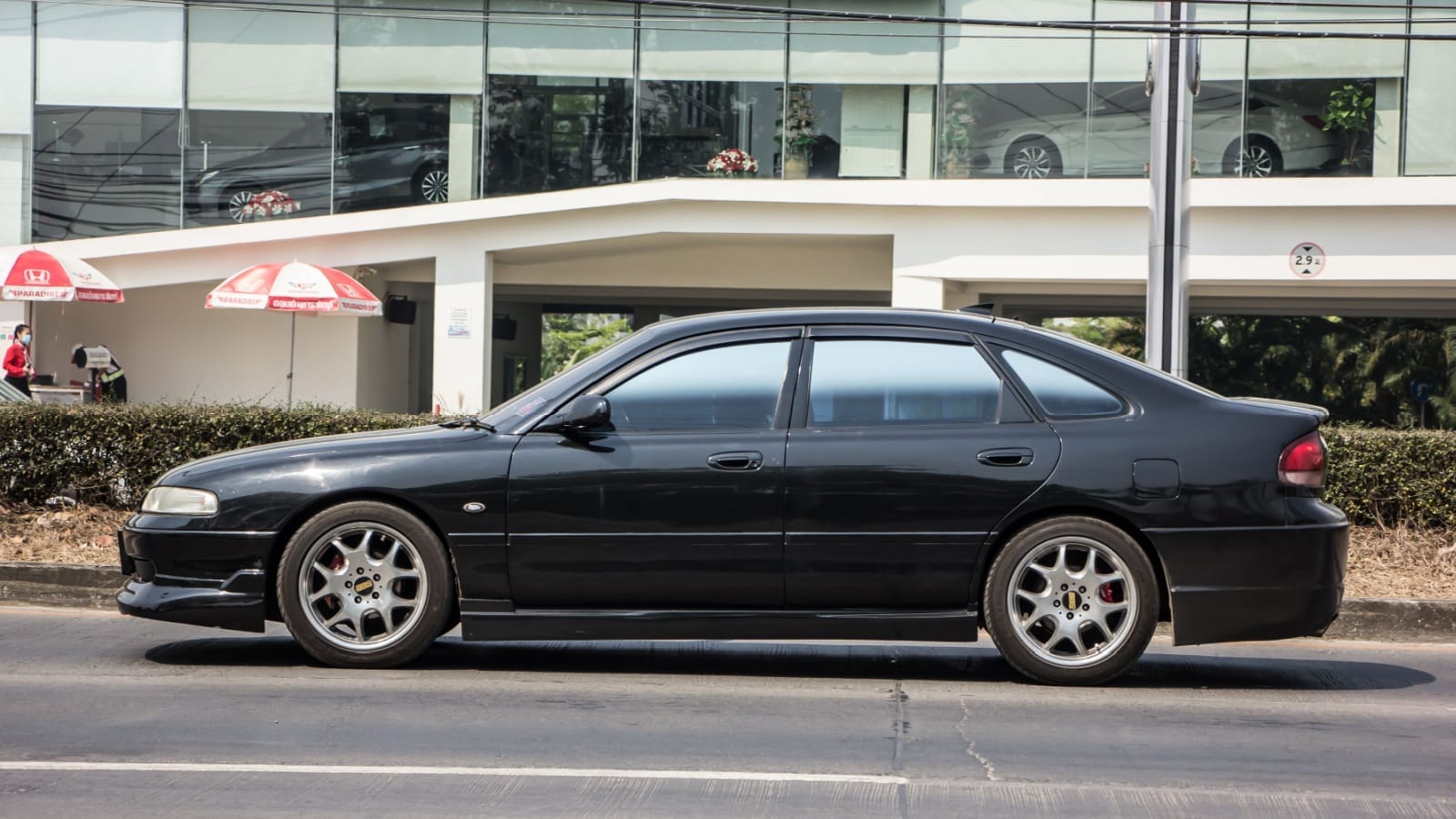
The Mazda 626 from the late ’90s to early 2000s came with sleek styling and competitive pricing, but serious mechanical issues undercut its appeal. The biggest complaints focused on the automatic transmission, which was prone to early failure, especially when paired with Ford-supplied components. Cooling system problems, such as radiator leaks and thermostat malfunctions, also caused headaches for many owners. While the 626 had good handling and comfort, its unreliable transmission and costly repairs overshadowed its strengths, making it a poor choice for those hoping to avoid high maintenance costs.
Ford Fiesta (dual-clutch transmission issues)
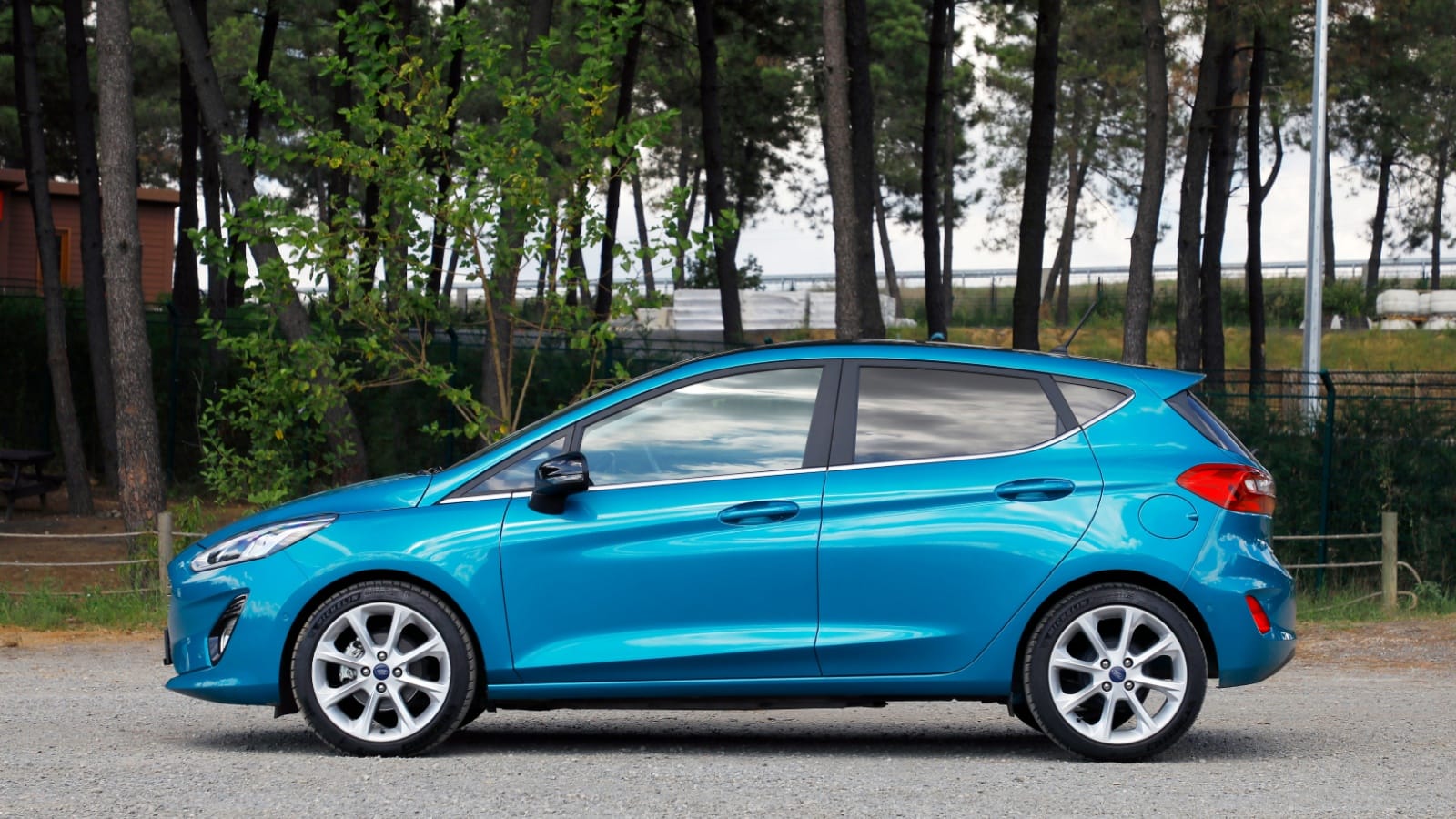
The Ford Fiesta, particularly the models equipped with the PowerShift dual-clutch transmission (2011–2016), quickly earned a reputation for mechanical frustration. Owners often reported shuddering, delayed acceleration, and gear slippage. Despite multiple software updates and recalls, the issues persisted for many. Repair costs for clutch and transmission replacements were high, often occurring well before the 100,000 km mark. While the Fiesta delivered on fuel efficiency and styling, the unreliable transmission system turned it into a costly gamble for drivers hoping for a low-maintenance ride.
Peugeot 206

The Peugeot 206 brought European charm to the compact car segment, but its ownership experience often came with frequent mechanical setbacks. Electrical issues topped the complaint list, ranging from malfunctioning lights to dashboard warning errors. The suspension and braking systems were also known to wear prematurely. Finding spare parts or qualified service in North America could be both time-consuming and expensive. Although stylish and agile, the Peugeot 206’s high repair frequency and weak long-term reliability made it an impractical choice for budget-conscious drivers.
Renault Logan
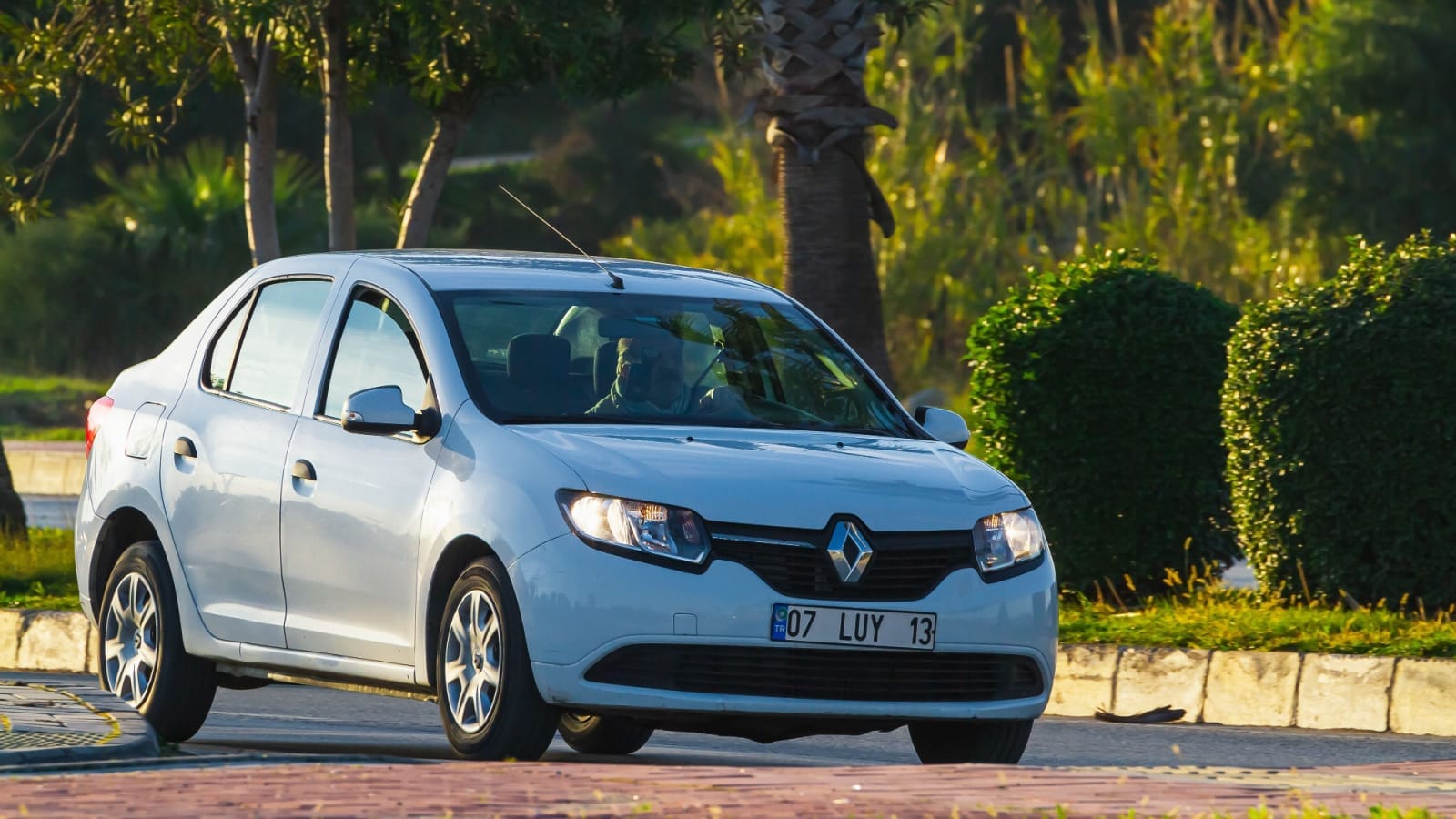
Marketed as an affordable and simple car, the Renault Logan unfortunately delivered budget pricing at the cost of consistent reliability. Many owners cited premature clutch wear, suspension breakdowns, and low-quality interior fittings. In colder climates, issues with the heater and electrical components became common. While maintenance was relatively inexpensive in regions with strong Renault support, parts availability and skilled mechanics were limited elsewhere. This added frustration for owners seeking hassle-free driving. The Logan’s barebones build and mechanical fragility made it more of a maintenance headache than a dependable daily driver.
Tata Nano
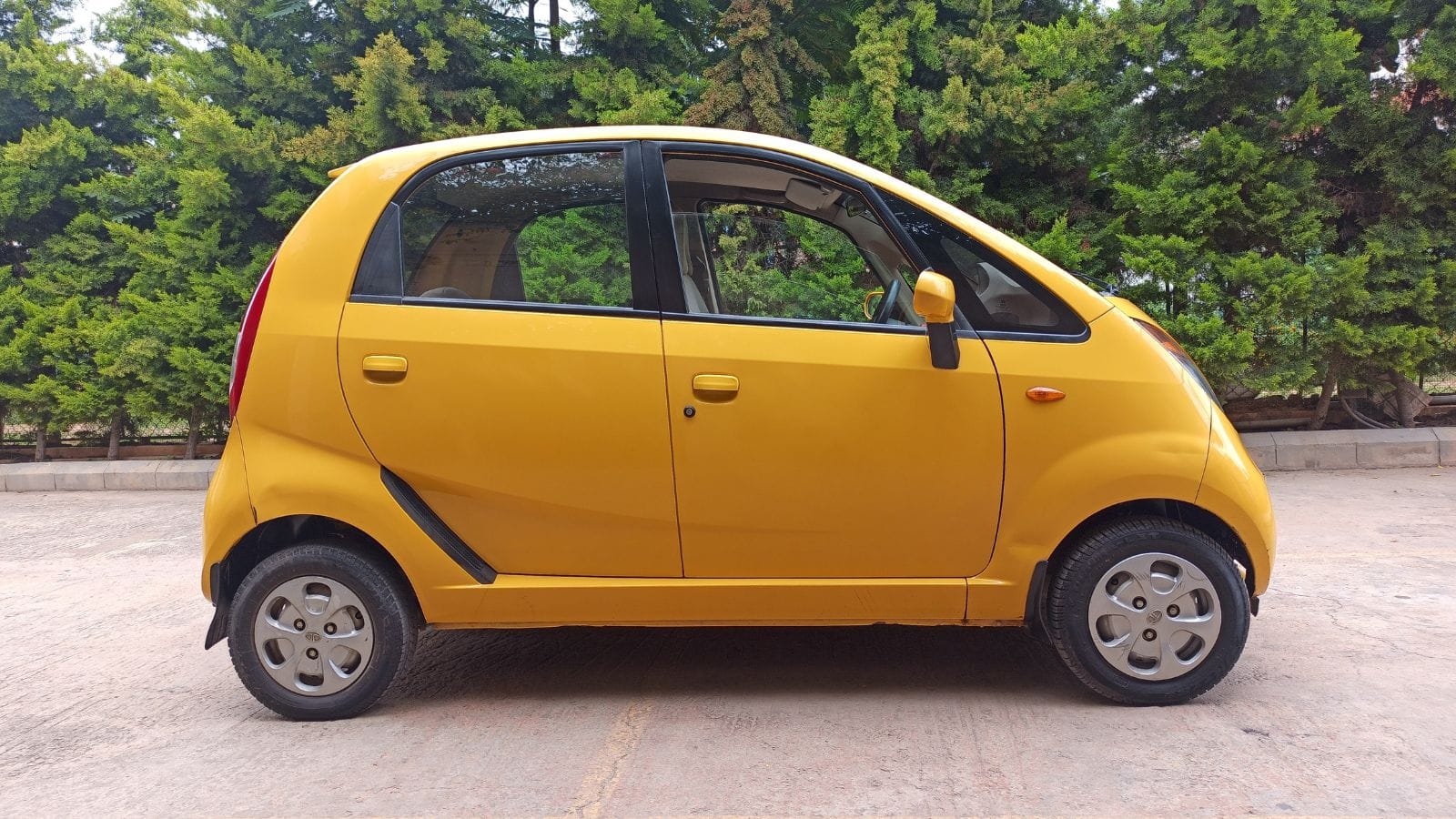
The Tata Nano was launched with the promise of being the world’s cheapest car, but this affordability came with serious trade-offs. Owners frequently reported problems with overheating, poor build quality, and electrical system failures. The lightweight frame, although fuel-efficient, lacked structural integrity, raising safety concerns. Inconsistent service support and limited spare parts availability outside major Indian cities further added to the frustration. While the Nano gained global attention for its price tag, its long-term reliability issues and frequent maintenance needs turned it into more of a liability than a smart budget buy.
Lada Riva
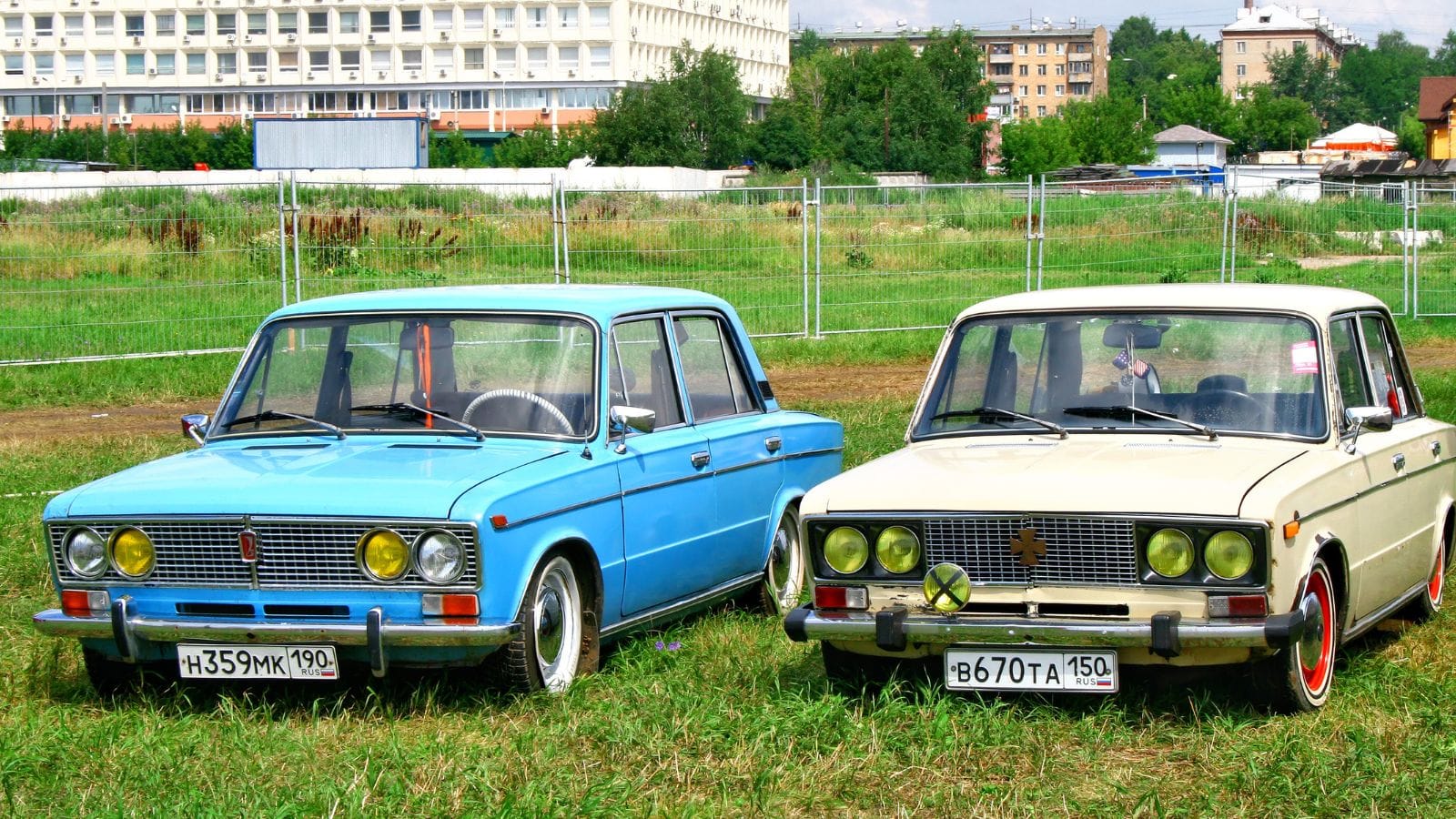
The Lada Riva, also known as the Lada 2107 in some markets, became notorious for its outdated engineering and mechanical problems. Owners often dealt with carburetor troubles, weak braking systems, and constant oil leaks. The car’s handling felt clunky, and rust issues plagued the bodywork. Parts availability outside Eastern Europe was a serious challenge, often requiring special orders or DIY fixes. While it was once a symbol of affordability, the Riva’s dated design and high maintenance frequency made it one of the most frustrating budget cars to own long-term.
Daewoo Lanos
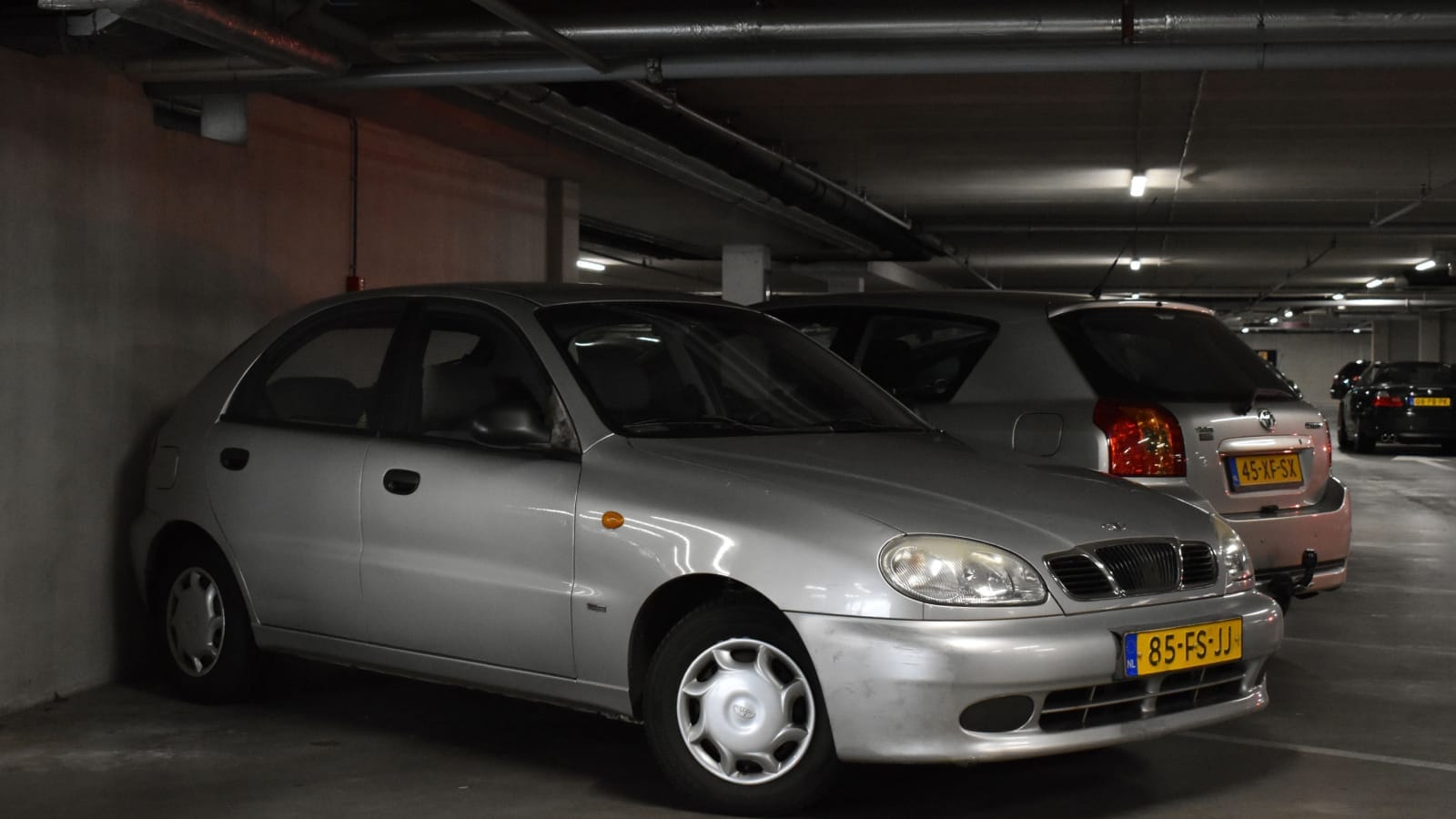
The Daewoo Lanos arrived with a price advantage but quickly earned criticism for poor durability and hard-to-source parts. Transmission issues, faulty fuel pumps, and low-quality suspension components were common complaints. As Daewoo exited several international markets, support for repairs and spare parts dwindled, leaving many owners stranded with unserviceable vehicles. The interior aged quickly, and electrical glitches added to the headache. Despite being positioned as a value car, the Lanos often ended up costing owners more in repairs than its initial low price justified.
